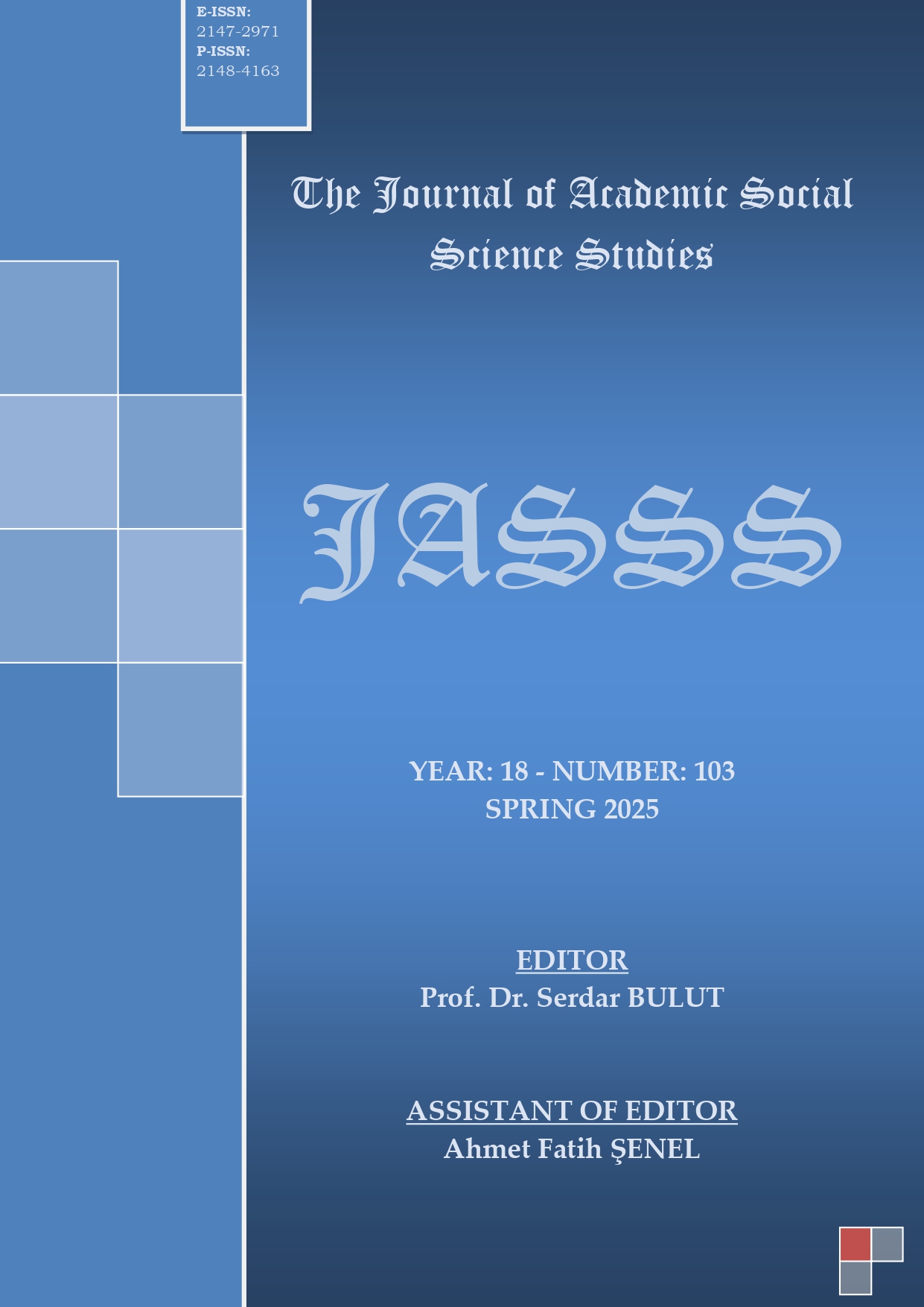Author :
Abstract
Hz. Peygamber, edebî sanatların yoğun olarak işlendiği, şiir ve hitabetin önemsendiği, belâgatın revaçta olduğu bir toplumda dünyaya teşrif etmişlerdir. Kur’ân-ı Kerîm böyle bir ortamda fesâhat ve belâgatın en üstün özelliklerini taşımanın yanı sıra ulvi hakikatleri de bünyesinde barındıran eşsiz ve evrensel bir kelâm olarak nazil olmuştur. Her yönüyle mucize olan Kur’ân’ın bu hüviyeti karşısında en meşhur belâgat uzmanları bile hayranlığını gizleyememiş, acizliklerini itiraf etmekten başka bir çare bulamamışlardır. Kur’ân’ın sıkça başvurduğu belâgat vecihlerinden biri de itnâb üslubudur. Bir faydaya binaen cümlede fazla sözcüklerle kastedilen muradı ifade etmek anlamında kullanılan itnâb retoriği bu yönüyle îcâz’ın tam zıddı sayılır. Belâgat âlimleri itnâb türlerini gayesi, cümle yapısı ve ziyadesine göre birbirinden farklı başlıklar altında sınıflandırmışlardır. İtnâbın pek çok çeşidi olmakla birlikte genel anlamda, itnâb-ı bi’l-bast (cümlelerin çoğaltılmasıyla yapılan itnâb) ve itnâb-ı bi’z-ziyade (kelimelerin çoğaltılmasıyla yapılan itnâb) olmak üzere iki kısımda ele alınmıştır. Ancak Kazvînî’nin (ö. 739/1338) gayesine göre yaptığı tasnif daha şöhret bulduğu için yalnızca onun tasnifine burada yer verilmiş ve buna göre itnâbın Kur’ândaki kullanım amaçları tespit edilmeye çalışılmıştır. Yapılan literatür taramasında itnâbın; Kur’ân, hadis, Arap dili ve tefsirler çerçevesinde belâgî bir üslup olarak ele alındığı ayrıca tarihi seyri, delillerin karşılaştırılması, uygulama yönü gibi açılardan tetkik edildiği müşahede edilmiştir. Ancak itnâb üslubunun Kur’ân’da hangi maksatlarla kullanıldığının, âyetlerin anlamına ne gibi yararlar sağladığının yeterince irdelenmediği tespit edilmiştir. Bu itibarla çalışmada; klasik ve çağdaş tefsir metinler, belâgat ve hadis kaynaklarından istifade edilerek itnâb üslubu, döküman analiz metoduyla nedensellik yönü öne çıkarılacak şekilde incelenmiştir.
Keywords
Abstract
The Prophet Muhammad was born into a society where literary arts were intensively practiced, poetry and oratory were valued, and rhetoric was popular. In such an environment, the Holy Qur'an was revealed as a unique and universal word that not only carries the highest characteristics of eloquence and rhetoric but also embodies divine truths. Even the most famous rhetoric experts could not hide their admiration for this miraculous identity of the Qur'an and found no other solution but to admit their helplessness. One of the rhetorical aspects that the Qur'an frequently resorts to is the style of itnâb. The rhetoric of itnâb, which is used to express the intended meaning with more words in a sentence based on a benefit, is considered the opposite of îcâz in this respect. Rhetoric scholars have classified the types of itnâb under different headings according to their purpose, sentence structure, and excessiveness. Although there are many types of itnâb, in general, it is discussed in two parts: itnâb bi'l-bast (itnâb made by increasing sentences) and itnâb bi'z-ziyade (itnâb made by increasing words). However, since Kazvînî's (d. 739/1338) classification according to its purpose became more famous, only his classification is included here, and accordingly, the purposes of using itnâb in the Qur'an have been tried to be determined. In the literature review, it was observed that itnâb was handled as a rhetorical style within the framework of the Qur'an, hadith, Arabic language, and tafsir, and was also examined in terms of its historical course, comparison of evidence, and application aspect. However, it has been determined that the purposes for which the itnâb style is used in the Qur'an and what benefits it provides to the meaning of the verses have not been sufficiently examined. In this respect, in the study; The style of itnâb was examined with the document analysis method, emphasizing the causality aspect, by making use of classical and contemporary tafsir texts, rhetoric and hadith sources.





